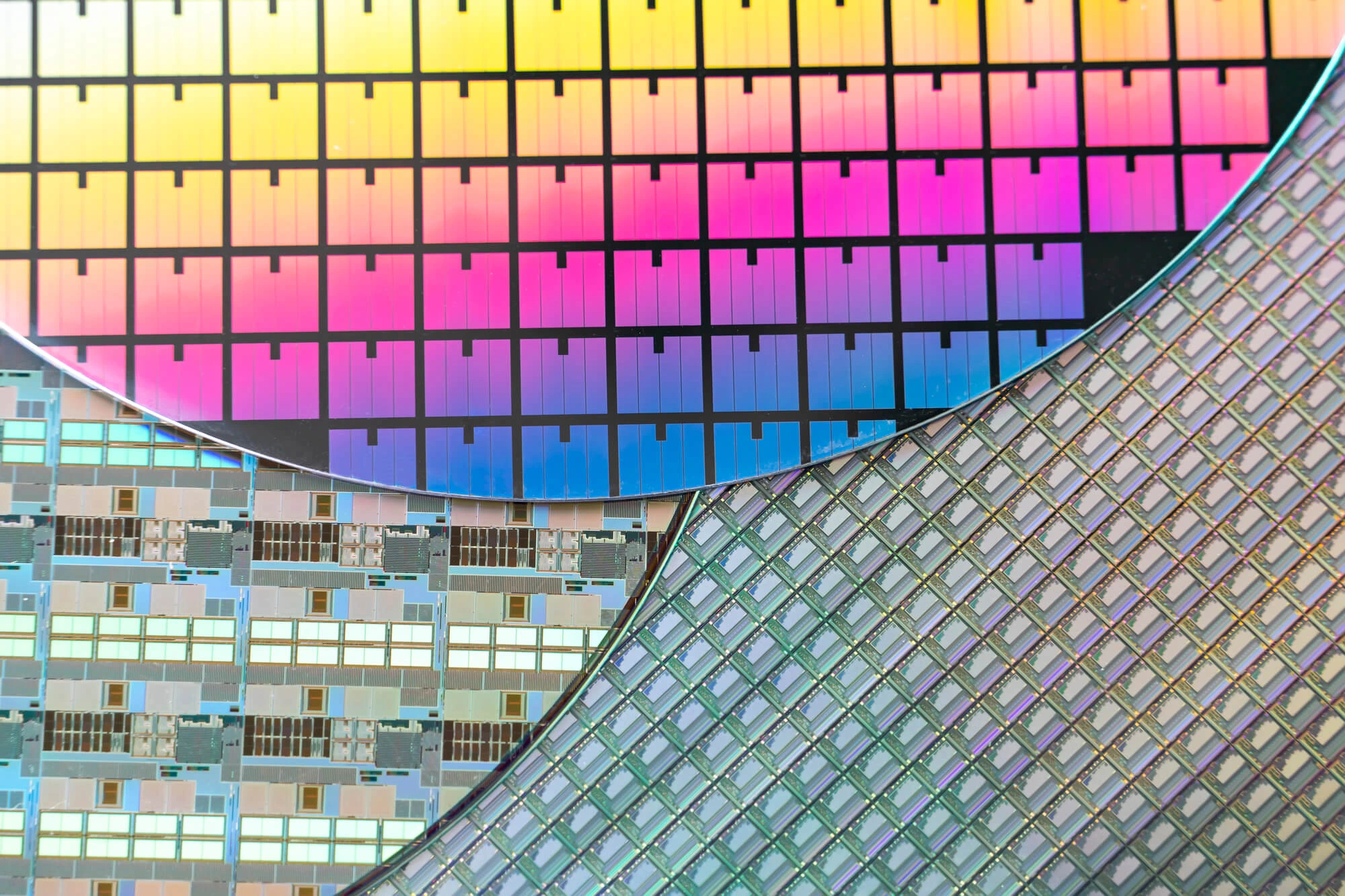
Germanium wafers offer speed, sensitivity, and energy efficiency in semiconductors—and the material’s atomic number plays a big role in that.
Read MoreConfused between silicon and silicone wafers? Discover the difference and learn how selecting the right silicon wafer supplier ensures optimal performance and precision.
Read MoreDiscover how polysilicon is purified, cast into ingots, and sliced into silicon wafers—the critical first step in high-efficiency solar cell production.
Read More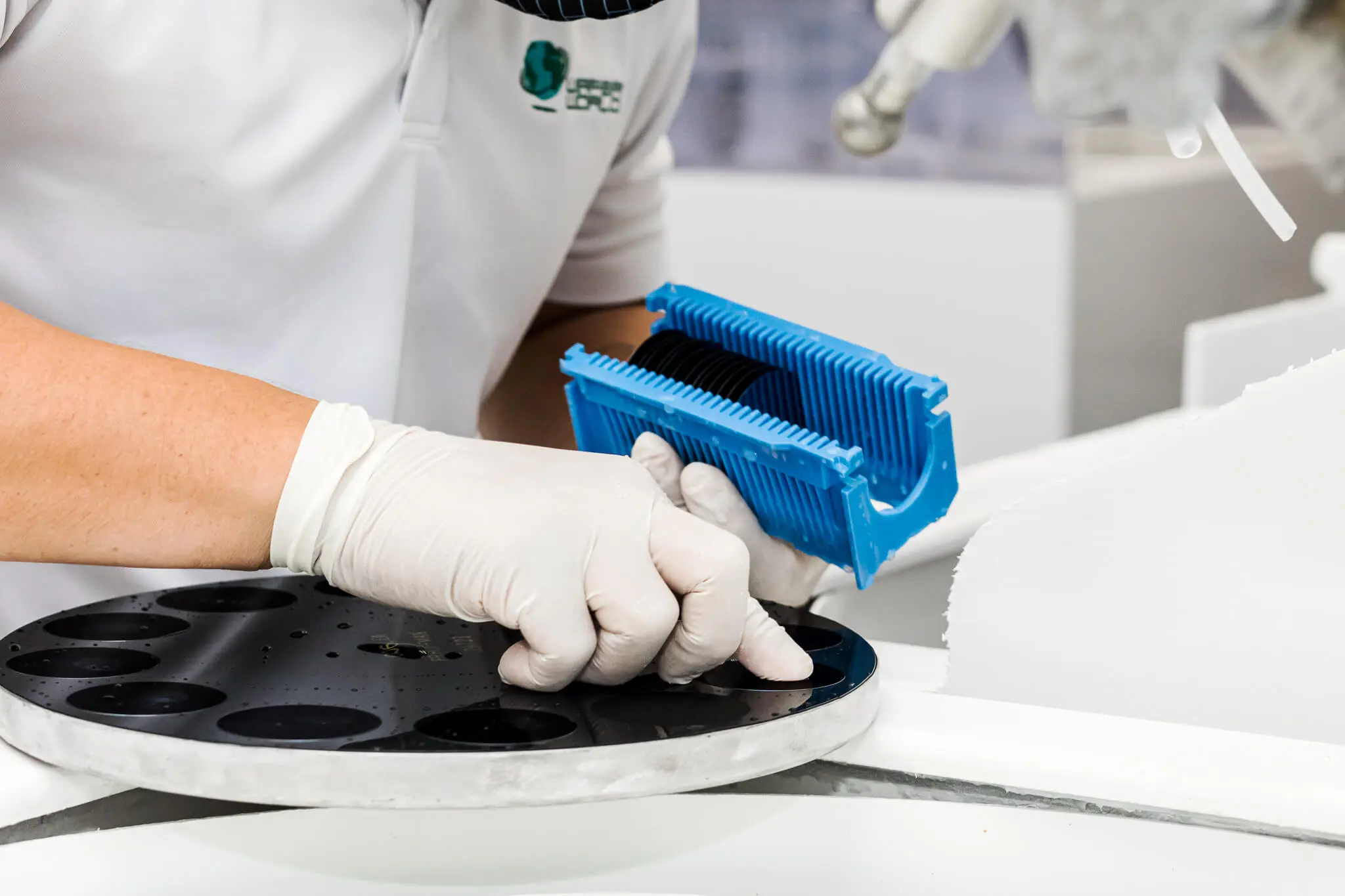
Wonder how double side polish wafers enable flawless CPU fabrication? Learn here why ultra-flat, mirror-smooth surfaces are vital for chip performance!
Read More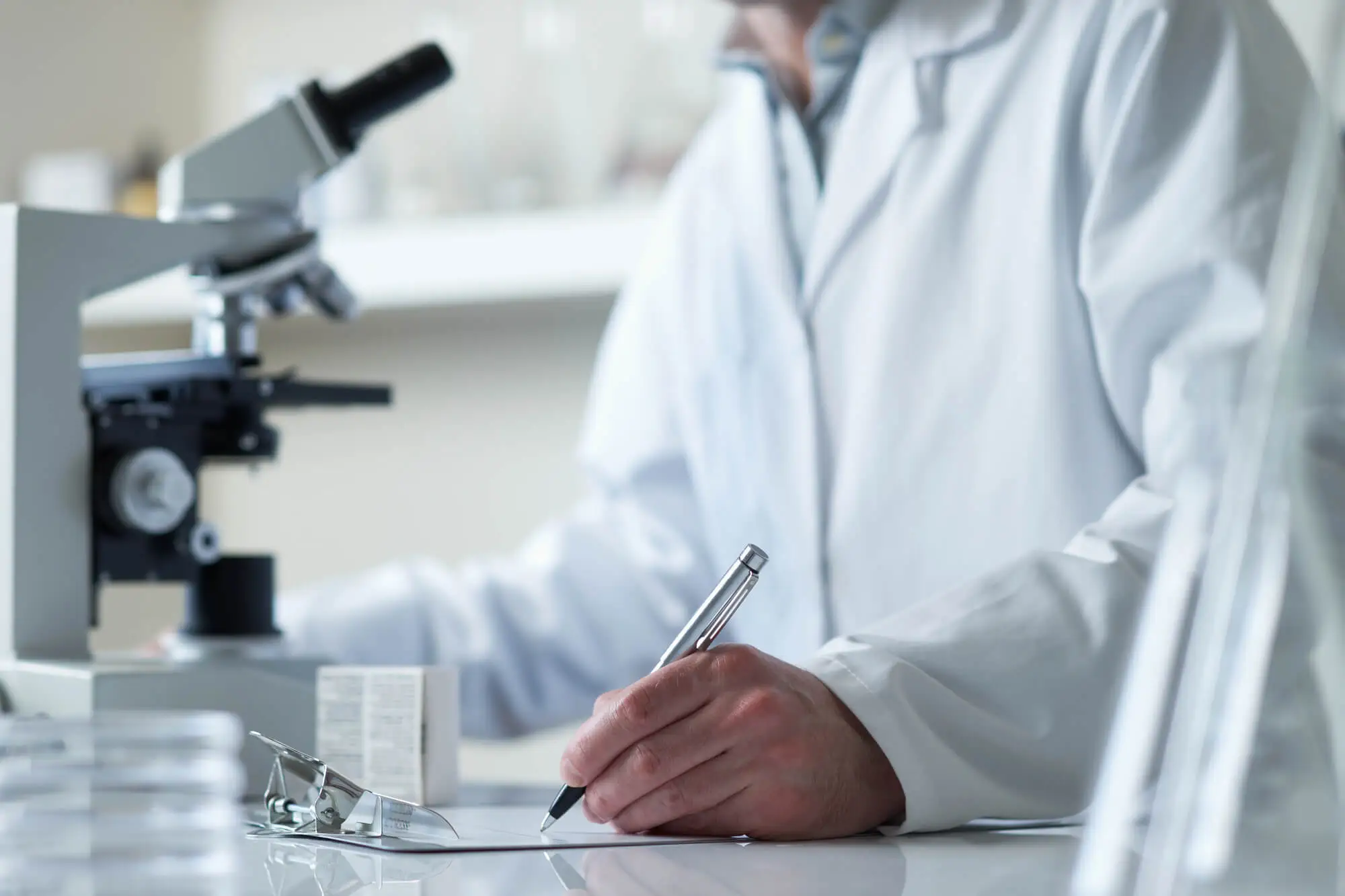
Discover how GaAs reclaim wafers differ from GaAs test wafers. Discover the option that best suits your process, reduces costs, and delivers a consistent yield.
Read More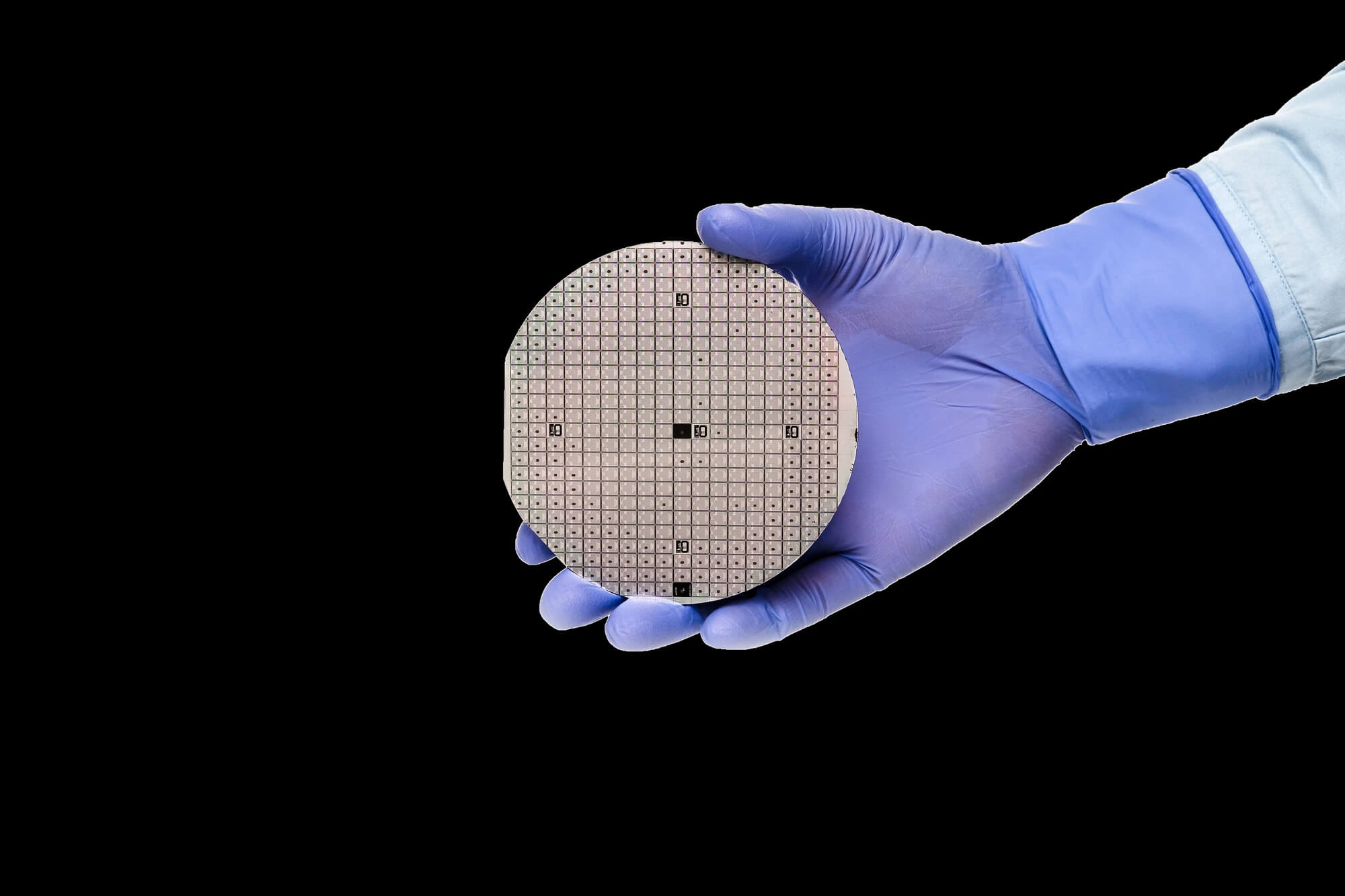
Understand bonding for InP reclaim wafers—steps, pitfalls, and QC tips to protect yield and reduce cost. Get specs or request a quote today.
Read More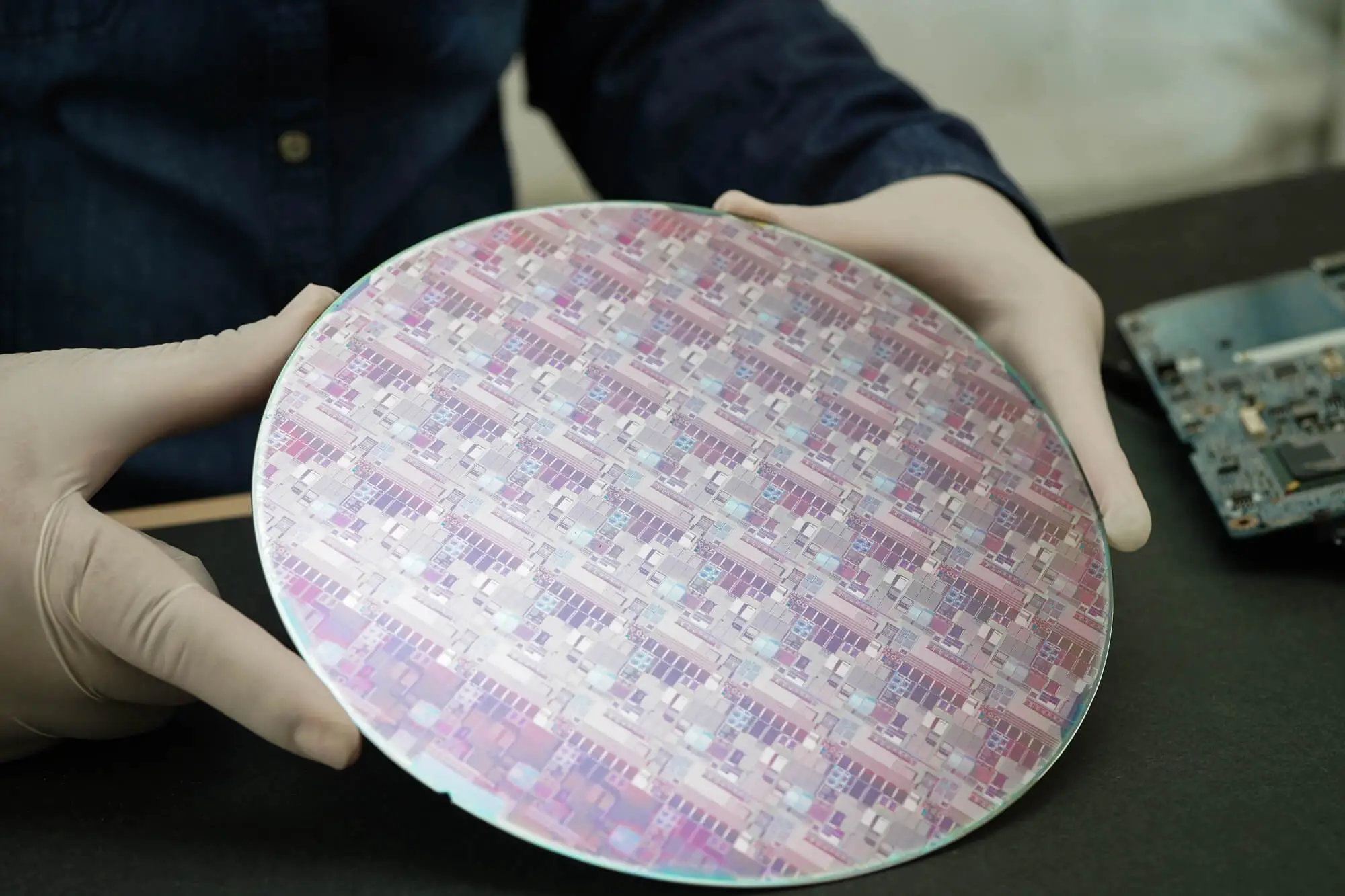
While 450 caused a lot of noise when they were first introduced, today ultra flat wafers and 200 mm fabs are regaining momentum, and here’s why.
Read More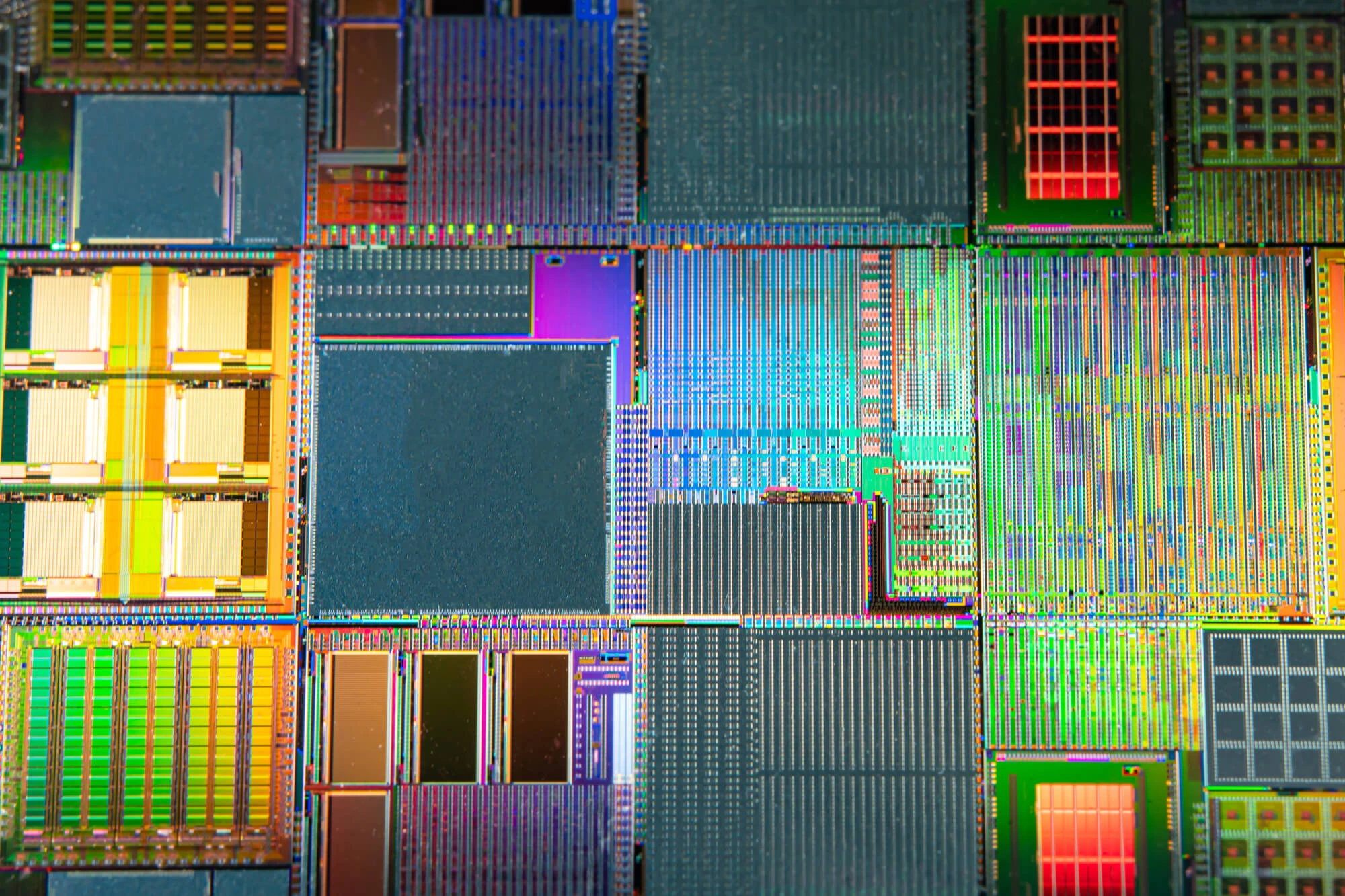
Explore the differences between 200mm, 300mm, and 450mm wafers in silicon wafer manufacturing. Learn how each size impacts cost, yield, and tool compatibility.
Read MoreUnderstanding intrinsic carrier concentration is crucial during silicon wafer manufacturing. Learn key equations, reference values, and factors affecting performance.
Read More